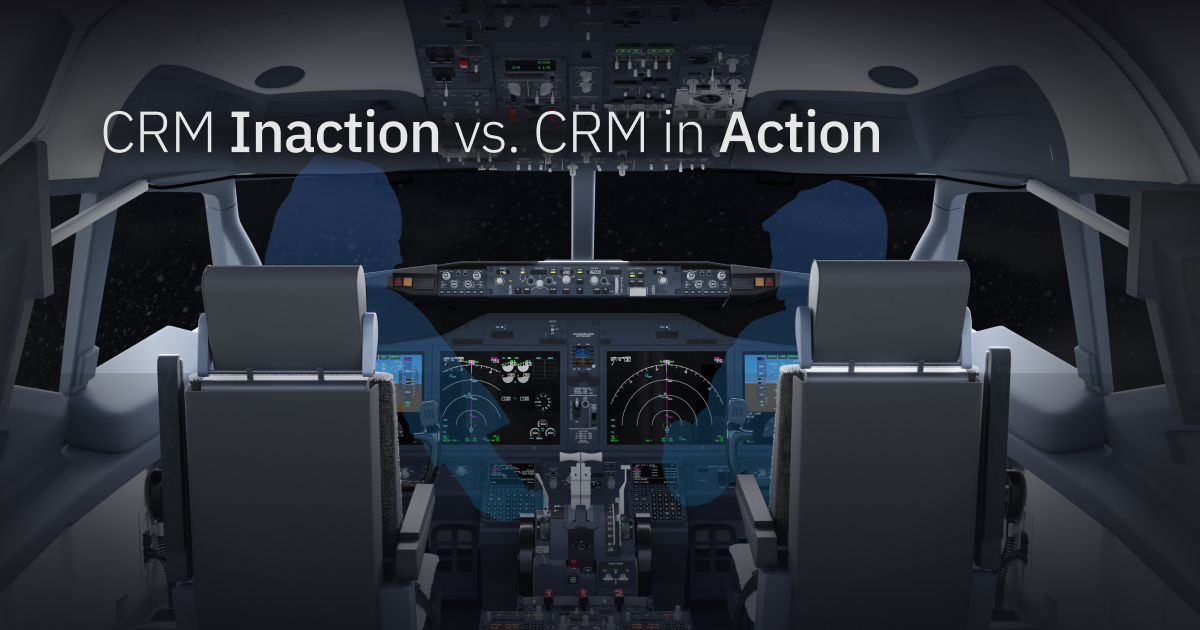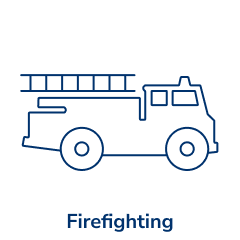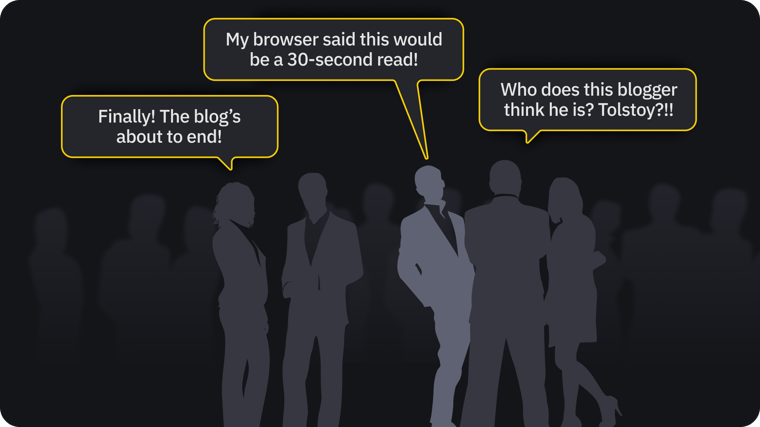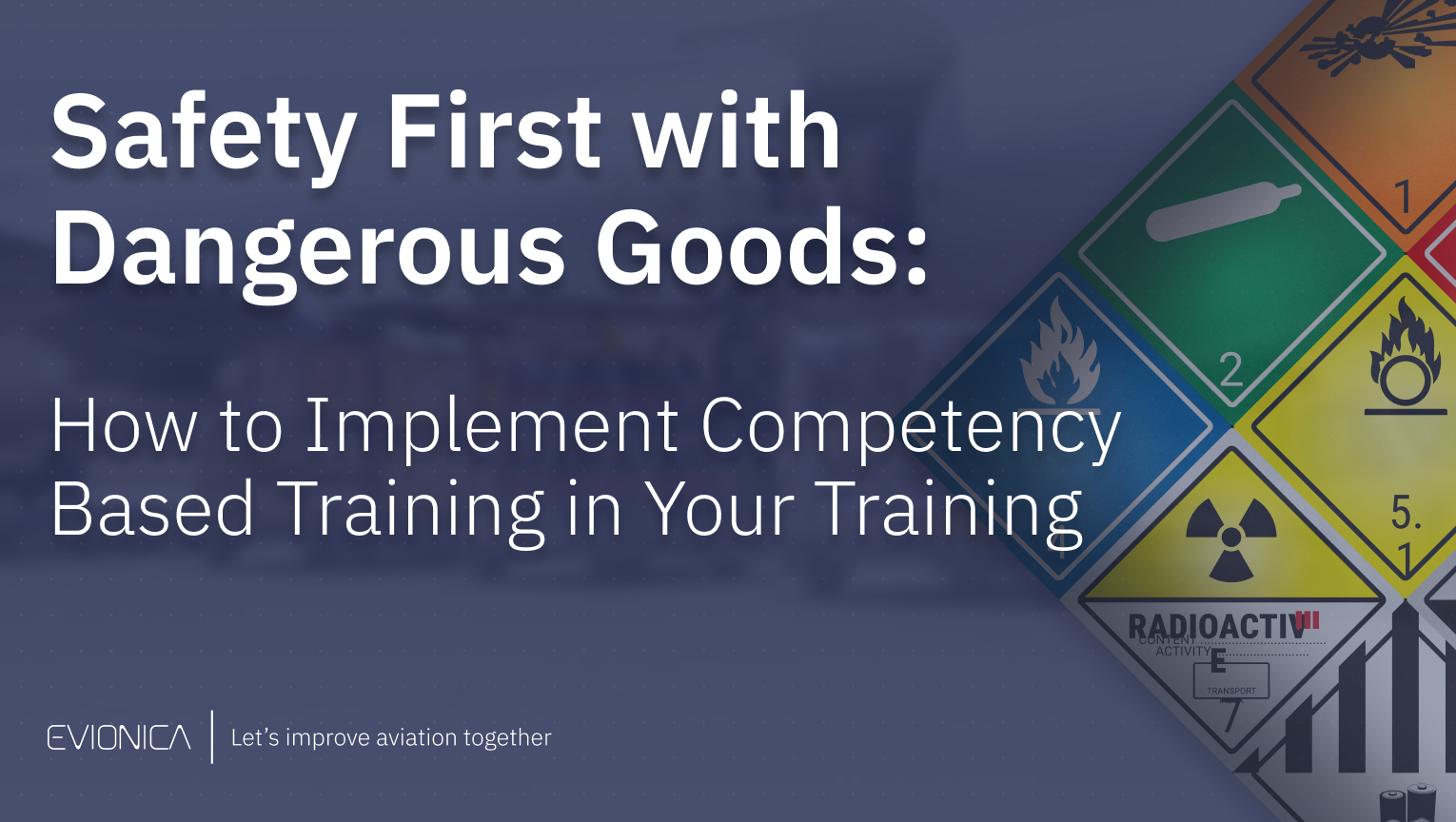CRM Inaction vs. CRM In Action: Why Crew Resource Management Matters

What connects Swiss cheese with decision-making and stress management? Clue: it's not the plight of an Alpine dairy farmer whose cows aren't yielding as much milk as in previous years. These are all things you will learn about as part of Crew Resource Management (CRM) training. Even though these might seem trivial, amusing, or at times bizarre, these are components of a CRM course that have saved many lives and improved overall safety since its formal development in 1979 and widespread adoption in the early 1980s.
So, why was CRM introduced in the first place?
Just another box to tick for our overworked pilots and instructors? Unfortunately, that was definitely not the case. Sadly—as with the introduction of so many reforms—CRM was a reaction to multiple accidents, including the Tenerife Air Disaster on March 27, 1977, which remains the deadliest aviation accident in history. Inadequate cockpit communication and poor coordination were identified as contributing factors. This and other incidents prompted NASA to hold a workshop in 1979 on flight deck management, leading to the development of CRM as a structured training program. Airlines began adopting CRM in the early 1980s as a means to enhance safety and prevent similar disasters.
At its core, Crew Resource Management (CRM) is all about making the best use of every available resource—people, equipment, and procedures—to enhance safety and efficiency. The idea is simple: aviation is a team effort, and a well-coordinated team is far less likely to make critical errors. Here's what ICAO has to say about CRM...

the effective use of all available resources—human, hardware, and information—to achieve safe and efficient flight operations.
ICAO definition of CRM
CRM focuses on key skills such as communication, situational awareness, decision-making, teamwork, and managing workload under pressure. It is anything but just a passing trend; it has completely transformed cockpit culture. Gone are the days of rigid hierarchies where questioning a captain was unthinkable (the so-called "Captainitis"). Instead, CRM encouraged open communication, where even the most junior crew members were empowered to speak up if something didn’t seem right.



CRM Inaction vs. CRM In Action
Let's take a look at two cases: one where CRM was absent, and the other where CRM was present. For the "CRM-Sceptics" or the "Yet-to-Be Converted," these cases will illustrate how bad things could be if it were not for the adoption of CRM in all airlines.
Case Study One:
Eastern Flight 401—A Failure of CRM

On December 29, 1972, Eastern Flight 401, operated by a Lockheed L-1011 Tristar, was flying from New York to Miami. The flight was conducted at night under fine weather conditions, and the experienced crew consisted of a Captain, First Officer, and Flight Engineer.
Use the arrows to read about the case in more detail, and learn about the key findings.


The crew was so focused on the landing gear issue that they completely failed to monitor the flight instruments. Despite the altitude warning chime sounding in the cockpit, they did not realize their altitude was incorrect until alerted by Air Traffic Control (ATC). Unfortunately, by the time they became aware, it was too late to recover, and the aircraft crashed.

While the decision to perform a go-around was correct, the failure to monitor the flight instruments during this critical phase of flight ultimately led to the accident. Eastern Flight 401 is just one of too many examples of why CRM was introduced and why it is so important in ensuring the safety and efficiency of flight operations.
Case Study Two:
2003 Baghdad DHL Incident—CRM Saves Lives

In 2003, a DHL Airbus A300 Freighter was departing from Baghdad when it was struck by a surface-to-air missile, severely damaging its left wing and causing a complete loss of hydraulics. Despite this catastrophic failure, the flight crew’s effective CRM practices and resilience somehow enabled them to avert disaster, but how exactly?
Use the arrows to read about the case in more detail, and learn about the key findings.


The First Officer, aware of their surroundings, insisted on turning back and extending the landing distance, a decision that went against the Captain’s initial intuition but proved crucial for a survivable landing. Throughout the ordeal, the Flight Engineer also played a vital role by allowing the pilots to concentrate solely on flying the aircraft. Thanks to their effective CRM practices, the crew managed to land the aircraft safely, avoiding what could have been a massive tragedy.

2. The First Officer's situational awareness and insistence on extending the landing distance saved the day, highlighting the importance of being constantly aware of both the aircraft and the environment.
3. Workload management was exemplary, with clear allocation of tasks allowing the crew to focus on primary flight duties.
4. The crew's resilience and organized approach to problem-solving were instrumental in avoiding a tragedy, demonstrating the benefits of supreme CRM practices and the importance of resilience training for flight crews.
The Present and Future of CRM Training
At Evionica, not only do we adhere strictly to EASA regulations, which frequently require elements of CRM, such as human factors, to be implemented in other courses, but we also design CRM courses that address the modern learner, incorporating the latest research and best practices in CRM. We provide:
CBTA-Aligned Simulations – Real-world CRM application scenarios with measurable competencies.
Case Studies with Competency Evaluation – Incident analysis with performance-based assessment.
Scenario-Based & Adaptive Learning – Progressive learning paths that adjust to individual performance.
Role-Playing with Measurable Outcomes – CRM skills tested through structured role-play.
Formative & Summative Assessments – Competency-driven testing and constructive feedback mechanisms.
Expert-Guided CBTA Coaching – Direct learning from experienced CRM professionals.
Interactive & Performance-Based Tools – Engaging, trackable learning methods that go beyond theory.
Continuous Content Updates – Ensuring alignment with evolving CBTA and CRM best practices.
Multilingual & Culturally Adaptive Training – Supporting global competency development.
By making sure CBTA principles are left, right, and centre of CRM, we ensure CRM training is practical, competency-driven, and continuously evolving to meet the demands of modern aviation.
Final Thoughts

CRM is a broad subject covering leadership, collaboration, cultural differences, generational differences, stress management, pilot incapacitation, the 'surprise and startle' effect, and much more. As we've seen, it has revolutionized safety in aviation and beyond. At Evionica, our CRM eLearning course ensures learners receive modern, interactive training that is fully compliant with EASA regulations and adaptable to evolving best practices.

